Quiet Mark and Magimix
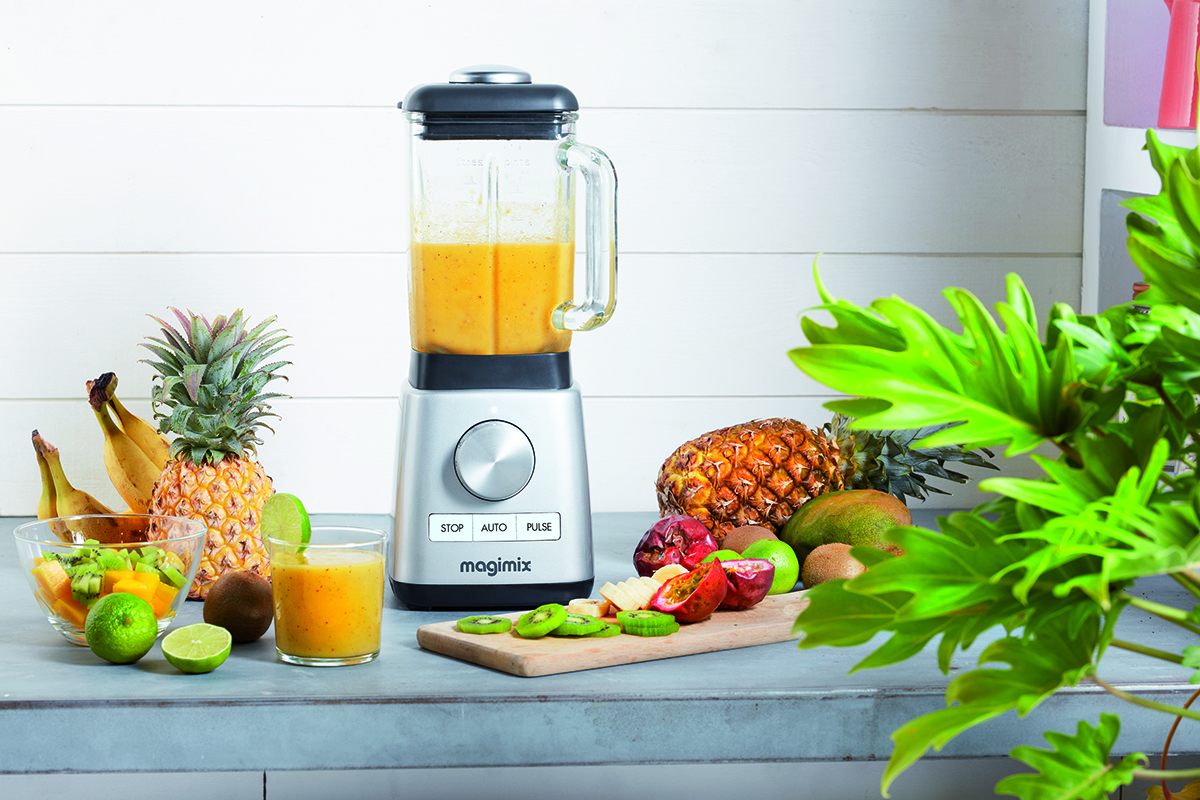
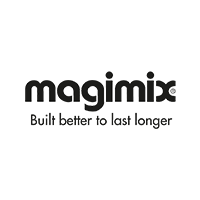
Quiet Mark and Magimix
What is Quiet Mark and what does it mean to homeowners and tenants?
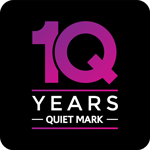
Since its ground-breaking launch 10 years ago, in 2012, Quiet Mark, the independent global certification programme associated with the UK Noise Abatement Society, has pioneered a platform for consumers and industry specifiers to easily find the quietest high-performance products and leading solutions to unwanted noise.
“The aim of the long-established Noise Abatement Society charitable foundation, (est1959), has always been to improve the quality of the aural environment to improve health and well-being. At Quiet Mark, we support this aim in the area of appliance technology and building materials, by providing people with the information they really need to make enlightened decisions to achieve a peaceful and productive environment”, explains Poppy Szkiler Quiet Mark’s CEO & Co-Founder.
“Quiet Mark does all the in-depth science testing and technical triangulations. It is an easily understood global approval system, profiling the products which are quietest in category in an area that had never been addressed before, empowering the consumer to exercise purchasing choice for the products they share their lives with whilst encouraging manufacturers to design-in noise reduction at R&D stage”.
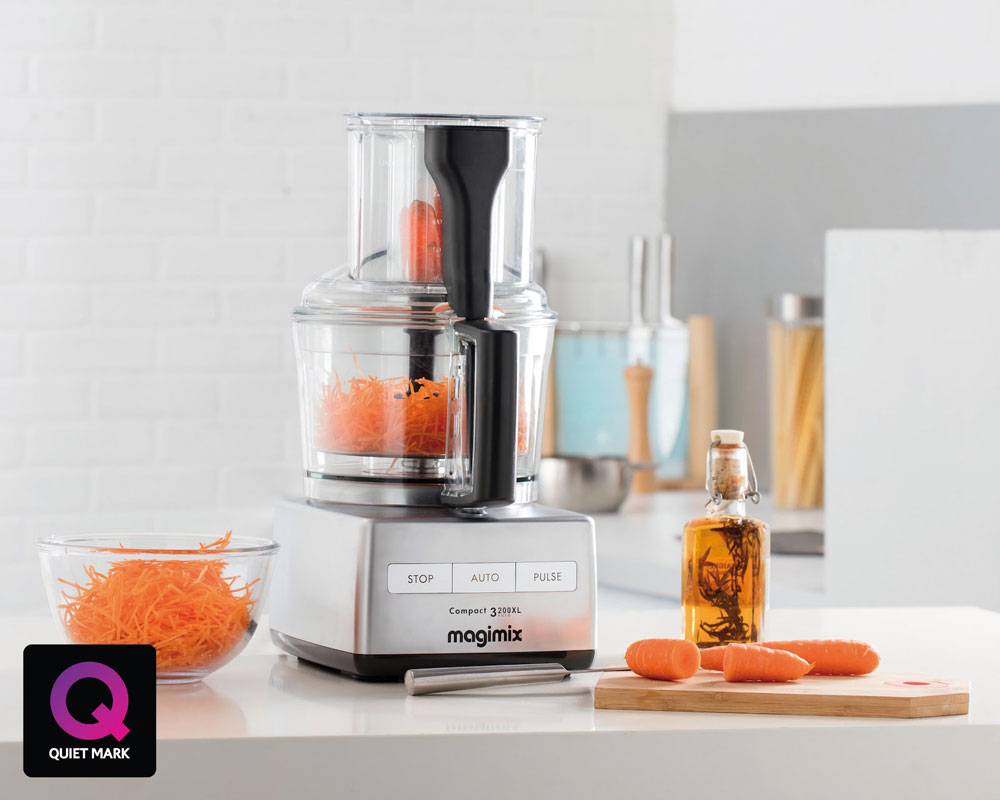
Image: The Magimix Compact 3200XL - one of many Magimix products to have achieved Quiet Mark certification
Today, over 1,200 appliances and acoustic materials, from 90+ global brands, across more than 70+ product categories, have passed the expert technical acoustic assessments to achieve Quiet Mark certification. When buyers see the distinctive purple Q certification logo alongside a product, they know it’s one of the quietest, most pleasant sounding or most technically effective in noise reduction or acoustic properties in-category, available on the current market.
What drove Quiet Mark to measure sound and acoustics of appliances and materials?
“Because sound measurement is complex and not easily understood, consumers don’t have time to evaluate and compare the sound output of each product, yet an ear-splitting juicer sounding off every morning, pings and bleeps from appliances, a rumbling shower pump or annoying extractor affects concentration, makes one irritated and builds up unnecessary stress which can affect health negatively in the long term’, comments Poppy Szkiler.
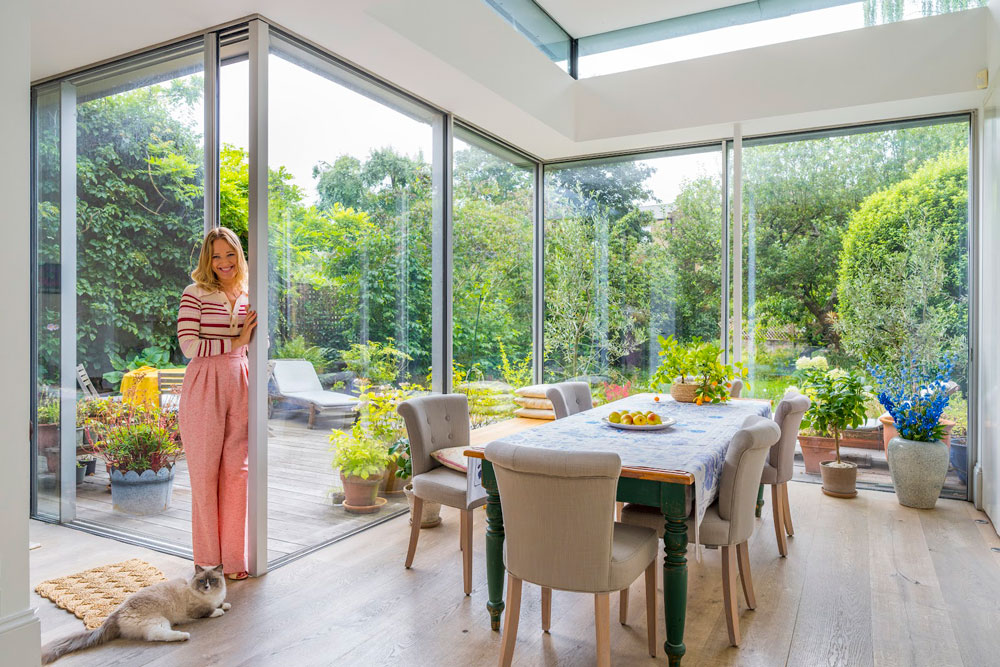
Image: Poppy Szkiler, Quiet Mark’s CEO & Cofounder in her home, which has an emphasis on quiet design for wellbeing.
“We felt it was very important for consumers and trade buyers to have an expert definitive guide to the quietest products currently on the market, year on year, across all product categories. Quiet Mark was created as the trusted third-party certification programme to serve public health, supported by expert acoustic evaluation.
How does Quiet Mark assess and certify products?
The lab used for Quiet Mark’s in-house testing was designed to replicate a real-life kitchen with tiled walls and flooring and solid ceiling. Typical kitchen cabinets and worktop are incorporated in this room in order for us to place domestic appliances for testing at the appropriate heights. This way when we are testing a stand mixer or juicer we can be sure it is how a consumer will typically hear it working at home.
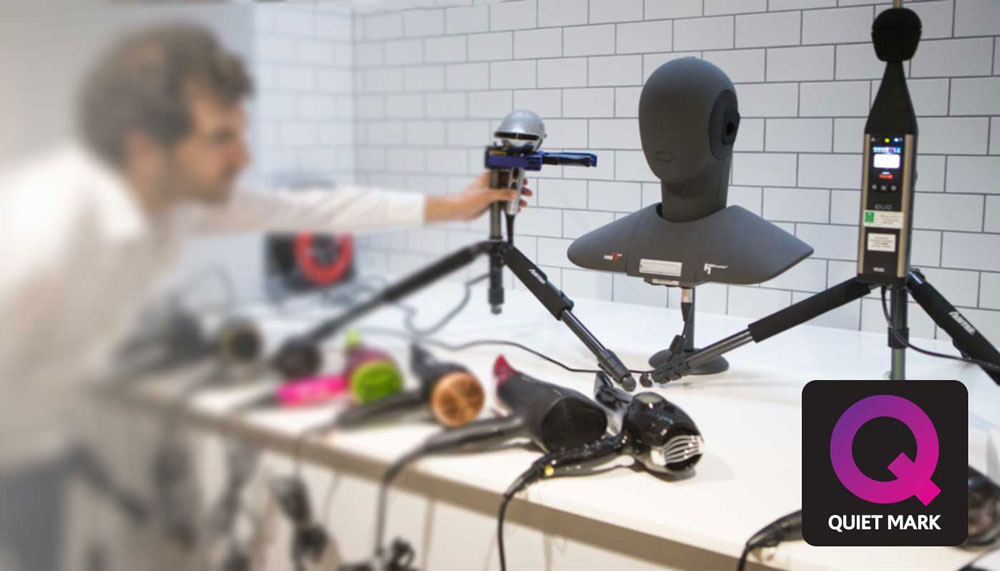
“We use a dB sound level meter to check the decibel levels of a product and if there is more than one setting or power level, we test on each one. Those products which are amongst the quietest are earmarked for Quiet Mark certification and put through for further analysis”, explains Quiet Mark’s Technical Manager, Richard Wilkinson.
“This further analysis delves into the different sonic elements, artefacts, and qualities that each unit presents during testing. These serve as supporting evidence for analysis and are especially helpful in identifying products which have landed at the top rank, through their dB measurement results, but portray particularly poor acoustic qualities that could potentially be deemed as ‘unpleasant’ or ‘intrusive’”.
In what ways does noises relate to wellness? Why should people pay attention to unwanted noise and noise pollution in their daily life?
Research by the European Environment Agency finds that prolonged exposure to environmental noise can lead to negative cardiovascular and metabolic effects, reduced cognitive performance in children as well as severe annoyance and sleep disturbance. Long-term exposure to environmental noise is estimated to cause 12,000 premature deaths and to contribute to 48,000 new cases of ischemic heart disease per year in the European territory. It is estimated that 22 million people suffer chronic high annoyance and 6.5 million people suffer chronic high sleep disturbance.
“Because sound is invisible it is often overlooked. Yet the fundamental impact noise has on all the physical rhythms of our bodies, our hormones, heart-rate and brain waves, is so profound and inherent to our wellbeing and therefore also to the design process of the buildings we live in”, says Poppy.
A noisy home can affect the people living inside it in a variety of ways, especially now that so many of us are continuing to work from home either part of full time, since having to do so during the pandemic lockdowns. Research from the British Journal of Psychology found that background noise kills productivity levels, with studies showing that workers can be up to 66% less productive when exposed to just one nearby conversation.
“Those noisy distractions which zap our productivity mean that we spend more time completing certain tasks. This can result in longer work hours, leading to increased stress levels. Related anxiety can keep us awake at night, impacting our sleep health, preventing us from recuperating and feeling well”, says Simon Gosling, Quiet Mark CMO & Host of The Quiet Mark Podcast.
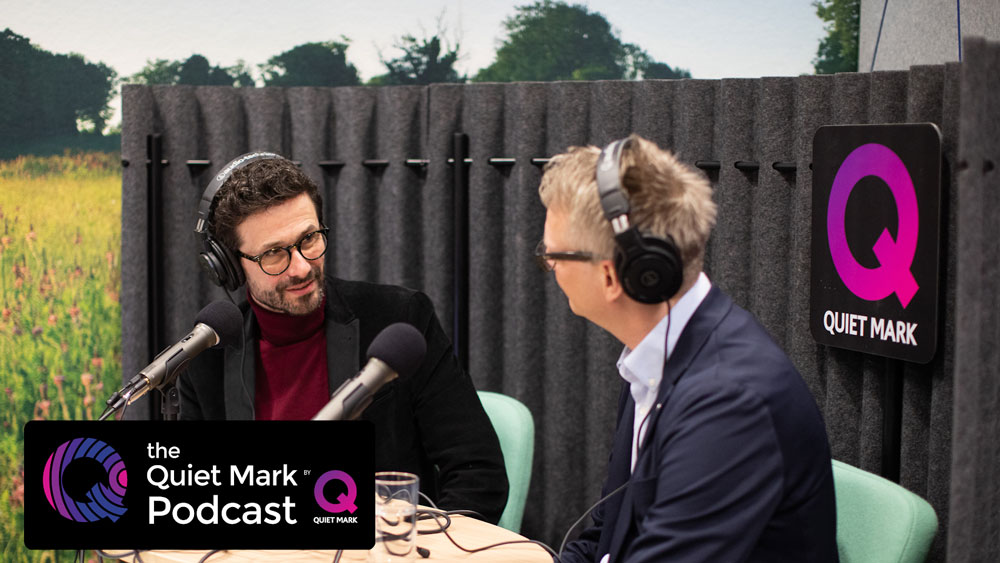
Image: Simon Gosling, (seen left), CMO of Quiet Mark and Host of The Quiet Mark Podcast.
In addition to Magimix's Quiet Mark certified food processors, blenders and juicers, what other kitchen appliances go through Quiet Mark testing each year and how is quiet mark accreditation achieved?
In our recent National Noise Survey poll of 2,000 UK adults, we asked ‘Which appliances in your home would you like to make less noise than it currently does?’ Over four fifths (82%) of Brits have appliances within their home that they would like to make less noise than they currently do. Brits would most like their washing machine to make less noise than it currently does (45%), followed by their vacuum cleaners (43%), hairdryers (23%), food mixers and kettles (both 20%)
Thankfully Quiet Mark certifies all these and more! Other certified kitchen appliances include kettles, coffee machines, washing machines, dishwashers, cooker hoods, extractor hobs, bread makers, air fryers and even wine bottle openers!
We also certify boilers, which, considering 42% of the UK’s boilers are located in people’s kitchens, is another important product to ‘choose quiet’, especially if your kitchen table is doubling up as an office workstation for Zoom calls, or your children’s school desk.
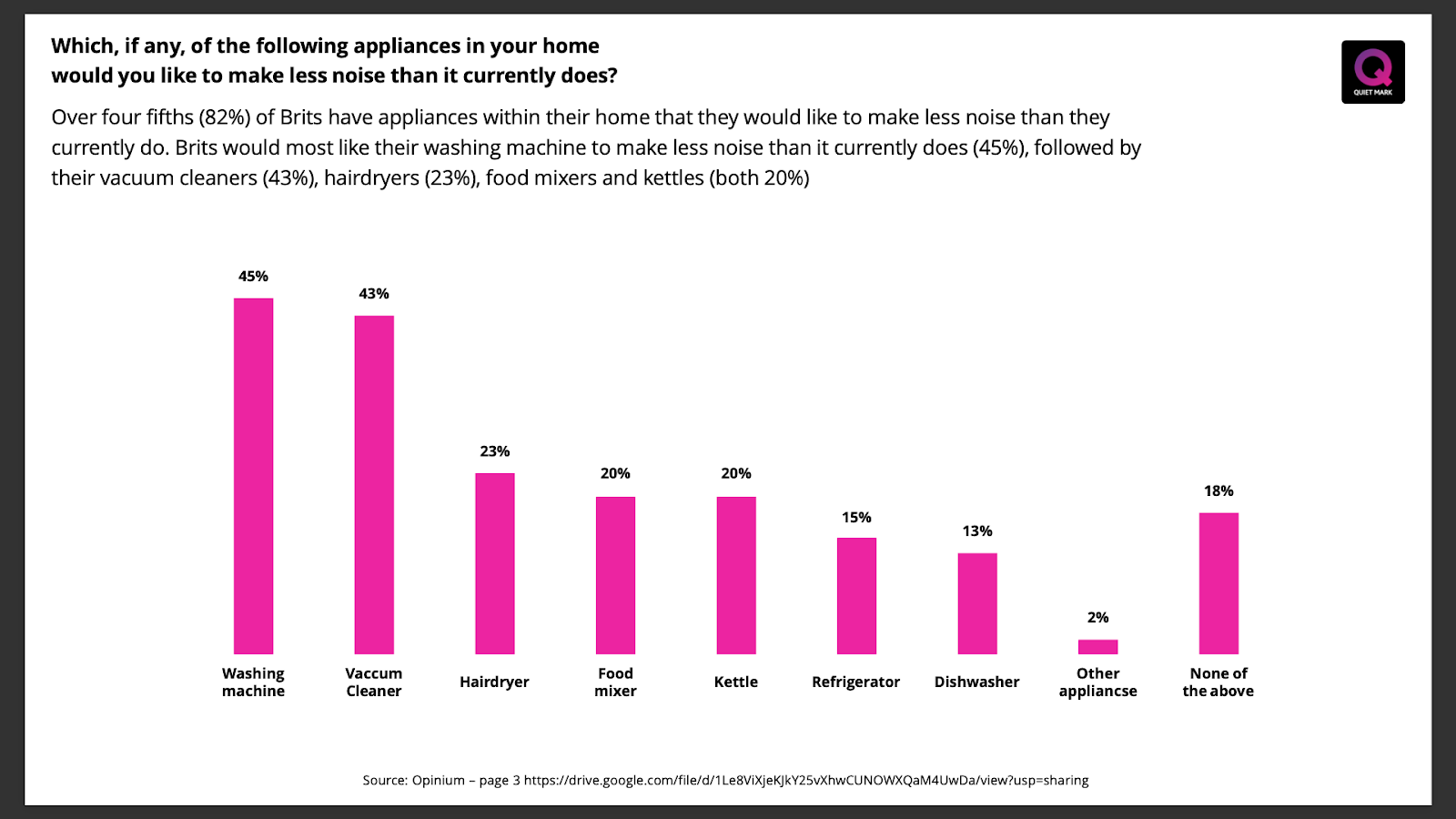
What products do you think people would be most surprised at that can help improve your home acoustics and are Quiet Mark approved?
Great question! Of the 1,200+ Quiet Mark certified products listed on QuietMark.com, there are several that might surprise few of us. Let’s look at three: acoustic flooring, lighting, and toilet flushes!
Quiet Mark has certified a variety of LVT (luxury vinyl tile) flooring sets, being distinctively quieter than laminate flooring or natural wood and stone. Particularly suitable for upstairs rooms or multi-level developments where ambient noise levels can be a concern, Karndean’s rigid core and loose lay formats feature pre-attached enhanced acoustic backing that can reduce noise transfer to floors below by up to 21dB.
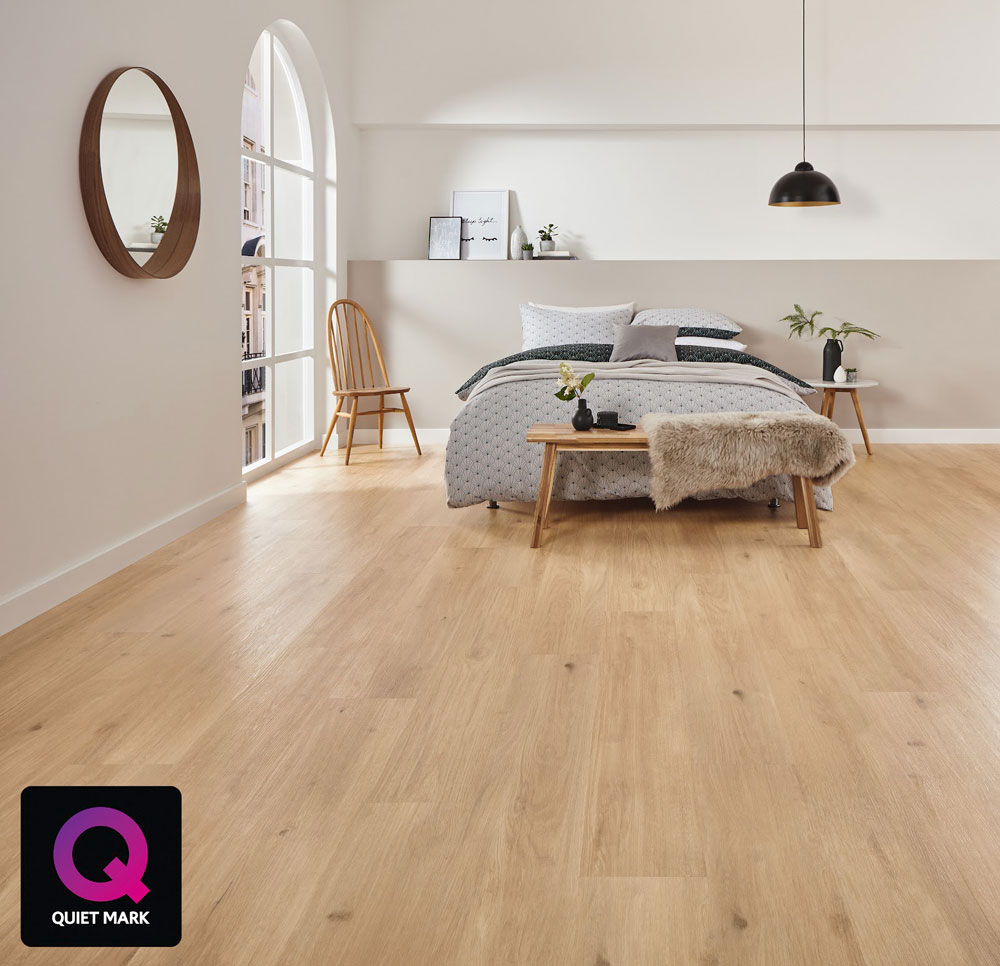
Image: The Quiet Mark certified Karndean Korlok Luxury Vinyl Tile Flooring
.
When it comes to acoustic lighting, generally, three essentials define the performance: density, size, and shape. Thankfully the range of Quiet Mark certified acoustic lighting products by BuzziSpace has all three covered.
- Density refers to the mass and the volume of acoustic materials. To absorb low tones, originating from, for example, heating, ventilation, and air conditioning systems, density is critical
- Size is critical, especially in terms of the air gaps or cavities that the products have as these impact the ability to trap sound waves.
- Just like size affects acoustic performance, so does shape. Round shapes help diffuse sound energy better, distributing excess sound waves more evenly into the space. However, not all acoustic lighting solutions are designed with a circular body. The soft edges diffuse sounds too, but BuzziZepp Light is mainly a powerhouse for immediate absorption. Suspended above a table, the concave shape picks up sound reflections from the hard surface of the tabletop as they travel upwards.
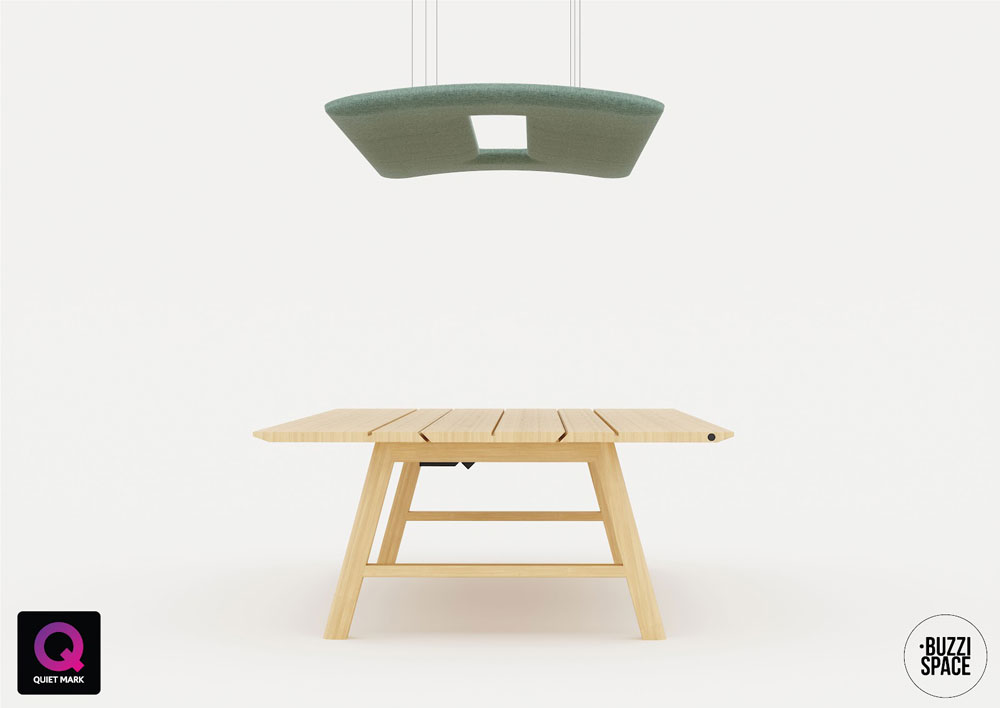 Image: The Quiet Mark certified BuzziSpace BuzziZepp Suspended Acoustic Lighting Element
Image: The Quiet Mark certified BuzziSpace BuzziZepp Suspended Acoustic Lighting Element
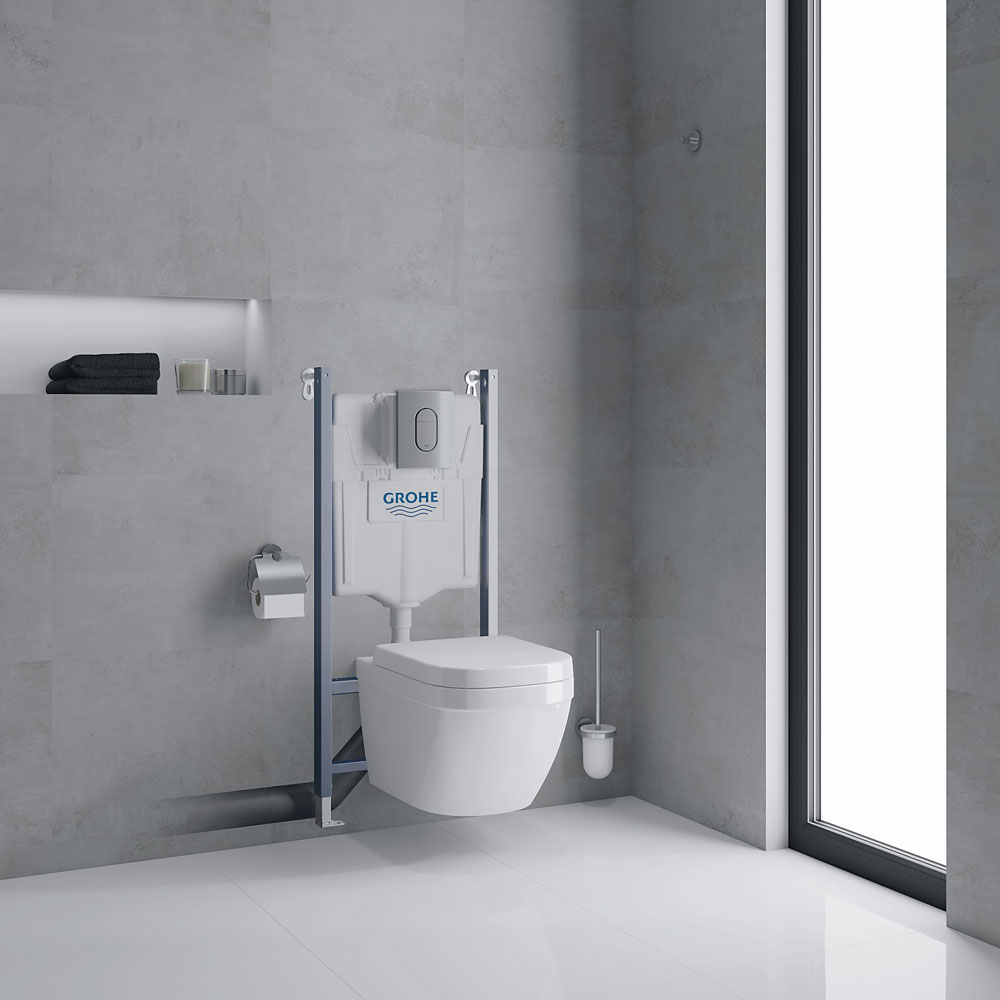
Image: The Quiet Mark certified GROHE Rapid SLX installation system
The Quiet Mark certified GROHE Rapid SLX installation system comes with GROHE Whisper technology that helps stop sound travelling through walls so you can enjoy peace and quiet. Also, GROHE EcoJoy cuts your water usage by up to 50%. Simply select either large or small flush (6L/3L), or if you prefer, stop a full flush before it’s over.
Read the original feature on the Magimix website here.

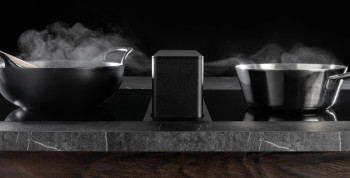

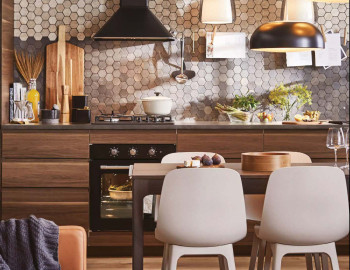

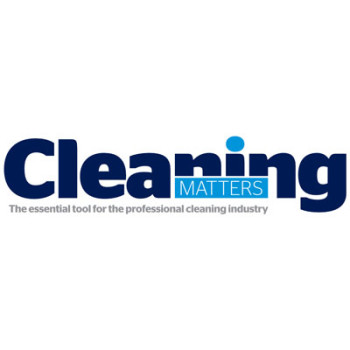
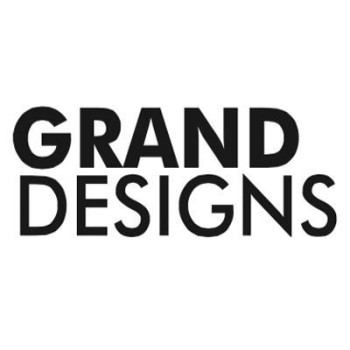
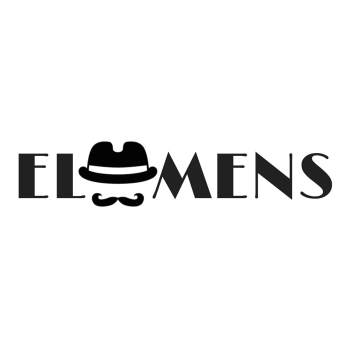
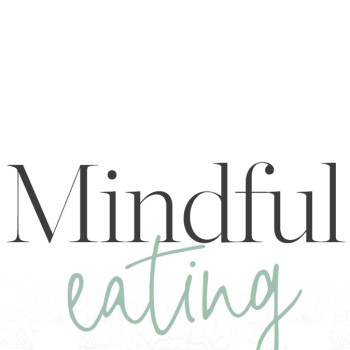
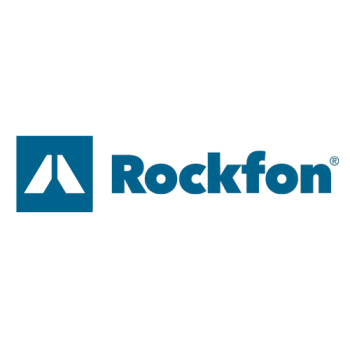


 Quiet Mark Founder
Quiet Mark Founder